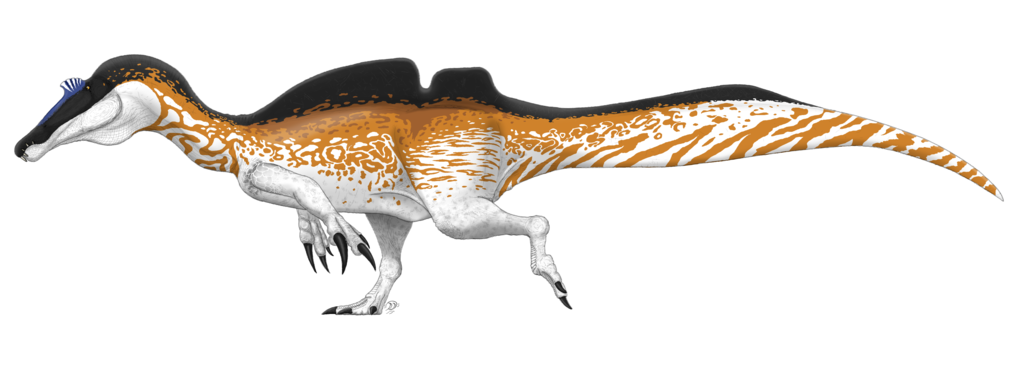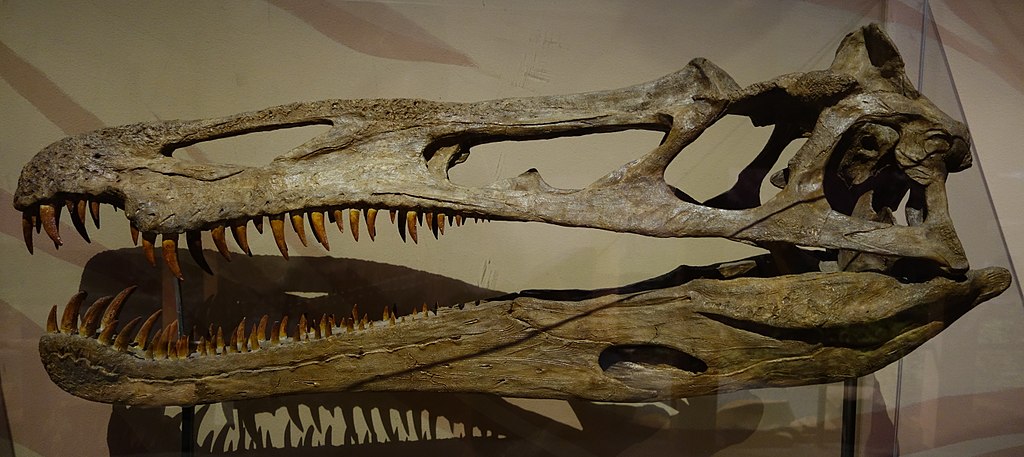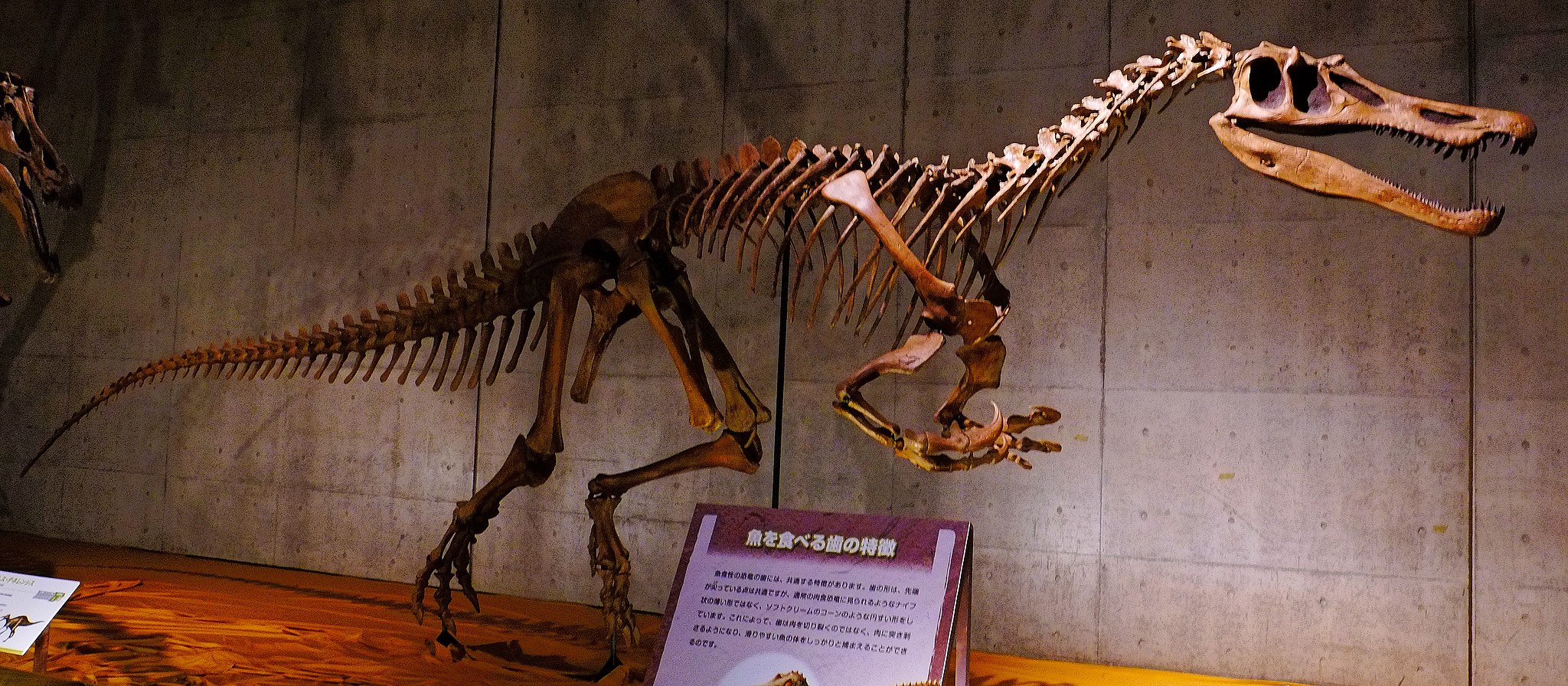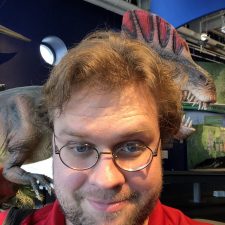In the Connecticut Science Center’s newest permanent exhibit, Genome in Me, you can learn about the cutting edge science of genomics. Genes have evolved over time to adapt to the environment the species lives in through a process called natural selection. In a population of living creatures there will always be variations among numerous traits. Some of these traits may give the animals that possess them a survival advantage over their peers, and thus allow them to reproduce more and pass on the genes for this feature. For example, a group of crocodiles may have some individuals with longer snouts which help them catch more fish than their shorter-snouted siblings. Due to this adventitious trait, the long-snouted crocodiles tend to survive and reproduce a little more, until eventually they multiply into a stable population. This is an example of natural selection.
Over millions of years, this process can lead to the evolution of new species from a common ancestor as more and more traits build up. Like all living organisms, dinosaurs underwent natural selection that altered their gene expression. We are able to see the effects of this in fossils of Spinosaurus and its relatives.
Spinosaurus is part of a larger family of dinosaurs, called spinosaurids, which all had crocodile-like heads and large, curved claws for catching aquatic prey. Many spinosaurus fossils are now extremely broken, but paleontologists have been able to put together these fossil pieces to discover more about Spinosaurus. Paleontologists have found we can see that each species evolved unique traits that were adapted to different ecological niches.
The spinosaurid family is further divided into two subgroups based on several shared traits. The Spinosauridae were characterized by straight, smooth, conical teeth and large body size. Their cousins, the Baryonychinae, had straight teeth that were slightly curved with steak knife-like serrations on their edges. They also had more teeth than the Spinosauridae and were smaller in size. Though the exact ecological reasons for these differing traits is not known, it is a clear representation of how gene expressions can be altered by natural selection.
Many dinosaurs in both groups had sails along their backs supported by tall bony outgrowths of their vertebrae. Spinoasurus itself possessed the tallest of these sails, which was slightly rectangular in outline, similar to the dorsal fin of a sailfish. There are some relatives of Spinosaurus that have similar fin on their back, each with a unique adaptation to that species.
 A relative of Spinosaurus, Ichthyovenator, had a smaller sail with a loose S-shape that dipped down near its hips, creating a distinctive notch halfway along its length.
A relative of Spinosaurus, Ichthyovenator, had a smaller sail with a loose S-shape that dipped down near its hips, creating a distinctive notch halfway along its length.

Suchomimus, a member of the Baryonychinae, had an even shorter sail that extended much farther along its back and all the way to its tail.

Yet another member of this group, Baryonyx, had no sail at all, just a low bony ridge running down its spine. Again, paleontologists do not know the exact reason for the different types of sails that evolved with these different species. They do know that the existence of so many variations show clear evidence of alterations in the dinosaurs’ genes through evolutionary processes.
At the Connecticut Science Center, you can see an animatronic reconstruction of Spinosaurus in our lobby, along with a dozen other dinosaurs in the Dinosaurs Around the World exhibit in our traveling exhibit gallery. After you learn about dinosaurs and their adaptations, come check out Genome in Me on the fifth floor to learn more about how researchers study genes and modify them to produce many beneficial results.
Dinosaurs Around the World: Passport to Pangea and Genome in Me are now open at the Connecticut Science Center and is included with General Admission. Visit CTScienceCenter.org to reserve your ticket online in advance of your visit.

John Meszaros is a Visitor Services Specialist at the Connecticut Science Center. He has a degree in Biology from the University of Michigan. John has a strong interest in biology, astronomy, oceanography, geology and other natural sciences. He is an avid writer and illustrator who enjoys sharing his love of the natural world with others.


